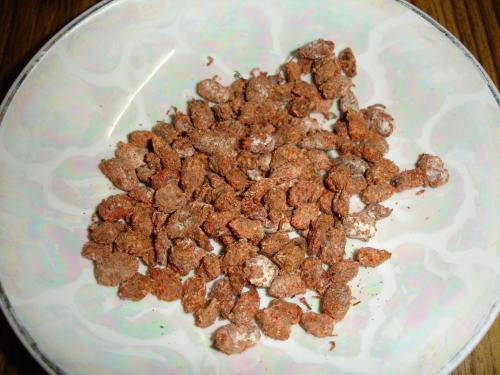|
Velvet Mite
Trombidiidae, also known as red velvet mites, true velvet mites, or rain bugs, are small arachnids (eight-legged arthropods) found in plant litter and are known for their bright red color. While adults are typically in length, some, such as the genus ''Dinothrombium'', may reach up to . Their life pattern is in stages similar to other members of the Prostigmata: egg, pre-larva, larva, protonymph, deutonymph, tritonymph and adult (male or female). They usually have only one breeding cycle per year.Zhang, Zhi-Qiang (1998) Biology and ecology of trombidiid mites (Acari: Trombidioidea) Experimental & Applied Acarology 22:139–15PDF/ref> They are active predators as grown adults. As early instars they are often parasites of insects and other arachnids. One well known species from Europe, Asia, and North Africa is '' Trombidium holosericeum''. The systematics of this group has been in flux and many former subfamilies of this are now raised to families within the Trombidioidea. ... [...More Info...] [...Related Items...] OR: [Wikipedia] [Google] [Baidu] |
Trombiculidae
Trombiculidae (); commonly referred to in North America as chiggers and in Britain as harvest mites, but also known as berry bugs, bush-mites, red bugs or scrub-itch mites, are a family of mites. Chiggers are often confused with Tunga penetrans, jiggers – a type of flea. Several species of Trombiculidae in their larva stage bite their animal or human host and by embedding their mouthparts into the skin cause "intense irritation" or "a wheal response, wheal, usually with severe itching and dermatitis". Trombiculidae live in forests and grasslands and are also found in the vegetation of low, damp areas such as woodlands, berry bushes, orchards, along lakes and streams, and even in drier places where vegetation is low, such as lawns, golf courses, and parks. They are most numerous in early summer when grass, weeds, and other vegetation are heaviest. In their larval stage, they attach to various animals, including humans, and feed on skin, often causing itching. These relatives of ... [...More Info...] [...Related Items...] OR: [Wikipedia] [Google] [Baidu] |
Trombidium Grandissimum
''Trombidium grandissimum'', commonly known as the giant red velvet mite, is a species of mite in the genus ''Trombidium'' in the family Trombidiidae. The mite is endemic to northern and central India, where it is called 'Badal kida', 'Bhir-buti', 'Birbhoti' or 'Bir Bahoit'. ''T. grandissimum'' is normally seen during the rainy season or after recent rain events, and therefore has the nickname of "rain bug". Description ''Trombidium grandissimum'' has a soft cushioning skin covered with bright red coloured hairs. These insects are terrestrial and live in soil burrows. They are found in dry, arid, desiccating regions. These mites are predatory in nature and feed on termites and eggs of insects, like ants. They share many similarities with the order Araneae. The insect is used therapeutically in the treatment of paralysis and sexual dysfunction. The mites are a bright red colour attributed to the pigment carotene. A study on the spider mite ''Tetranychus urticae'' shows that car ... [...More Info...] [...Related Items...] OR: [Wikipedia] [Google] [Baidu] |
